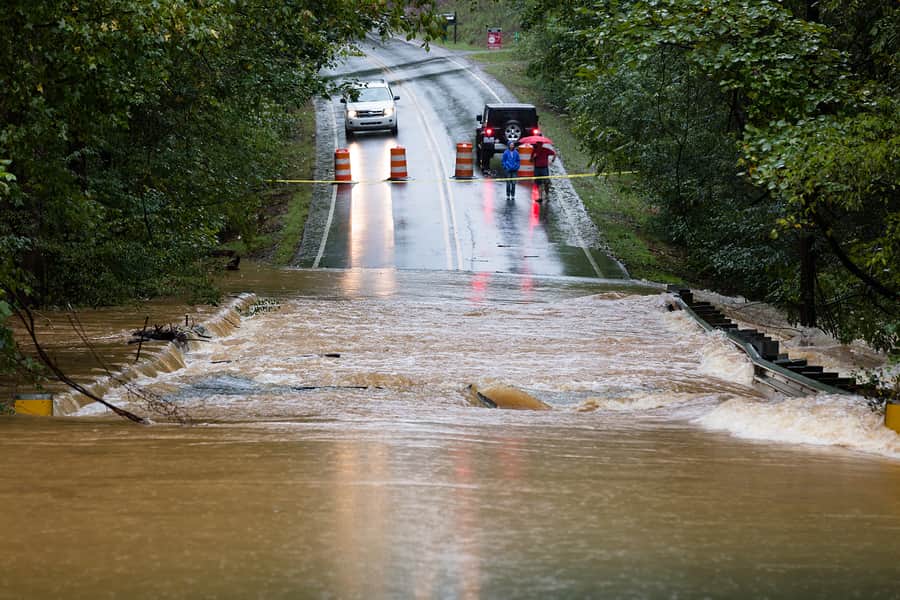The Midwest has seen some historic flooding this season, which has affected a lot of businesses, homes, and roads in a variety of ways. One thing people often forget about with flooding: its long-term effects on pavement. Minnesota already has the freeze-thaw effect to worry about when managing pavement damage, and having roads, parking lots, and pathways under water does not do it any favors.
To pavement, water is one of the most damaging elements. It negatively affects the asphalt’s durability and strength over time, especially if the liquid is trapped there by flood waters or a poor drainage system. The natural deterioration of the asphalt increases, and it will most likely start to show in cracks, potholes, and puddles that won’t go away.
However, in some cases, it does not show right away. When water gets trapped under the base or seeps into the cracks, it starts to damage the structure of the pavement. That deterioration might not show itself until the area has caved in or dipped dramatically, which is harder to repair with services like patching since it affects the structure. In some cases, the water can also strip the pavement of its binder, which leaves it more vulnerable to natural corrosion, and start to leave a depression in the pavement where wheels often go over it. All of these are signs that an expert should take a look at your pavement.
Additionally, if you have a lot of standing water in your parking lot, we have a special laser profiling procedure that helps improve your pavement’s drainage system, so it can better maintain its structure long-term. If you had flood waters covering your parking lot or driveway, then that will most likely start to show on the pavement through cracks and potholes once it has receded.
Our experts at Metro Paving have been taking care of the Twin Cities area for over 30 years, so our customers know they are in good hands. Give us a call today to schedule your paving service before the end of the season.

